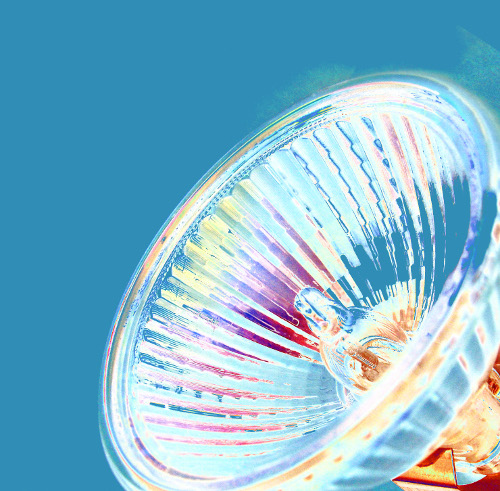ANU shows tiny light control
 Australian researchers have come up with a way to control the way light passes through a glass slide - allowing it to display different images by changing the light’s direction.
Australian researchers have come up with a way to control the way light passes through a glass slide - allowing it to display different images by changing the light’s direction.
Physicists at The Australian National University (ANU) have demonstrated tiny translucent slides capable of producing two very different images by manipulating the direction in which light travels through them.
As light passes through the slide, an image of Australia can be seen, but when the slide is flipped, an image of the Sydney Opera House is visible. The pair of images created is just one example of an untapped number of possibilities.
The ability to produce two distinctly different images is possible thanks to the ANU scientists’ ability to control the direction in which light can and cannot travel at the nanoscale.
The new technology uses nanoparticles, so small that about 12,000 of them can fit within a cross-section of a human hair. These tiny particles are arranged into unique patterns on the slides.
“The particles control the flow of light like road signs control traffic on a busy road by manipulating the direction in which light can, or can’t, travel,” project leader Dr Sergey Kruk says.
“Some particles allow light to flow from left to right only, others from right to left or the pathway might be blocked in either direction.”
According to Dr Kruk, the ability to control the flow of light at the nanoscale ensures light “goes where it’s supposed to go and doesn’t go where it’s not supposed to”.
“We exchange enormous amounts of information with the help of light. When you make a video call, say, from Australia to Europe, your voice and image get converted into short pulses of light that travel thousands of kilometres through an optical fibre over the continents and oceans,” Dr Kruk, from the ANU Nonlinear Physics Centre, said.
“Unfortunately, when we use current light-based technologies to exchange information a lot of parasitic effects might occur. Light might get scattered or reflected, which compromises your communication.
“By ensuring light flows exactly where it needs to flow, we would resolve many issues with current technologies.”
Dr Kruk says the development of many technologies of tomorrow will rely heavily on our ability to control light at a tiny scale.
“A wide deployment of tiny components that can control the flow of light could potentially bring technological and social changes similar to transformations brought about in the past by the development of tiny components that control the flow of electricity, which are known as diodes and transistors,” he said.
“Control over the flow of electricity at the nanoscale is what ultimately brought us modern computers and smartphones. It is therefore exciting to envision the potential of our emerging technology for controlling flow of light.”







 Print
Print